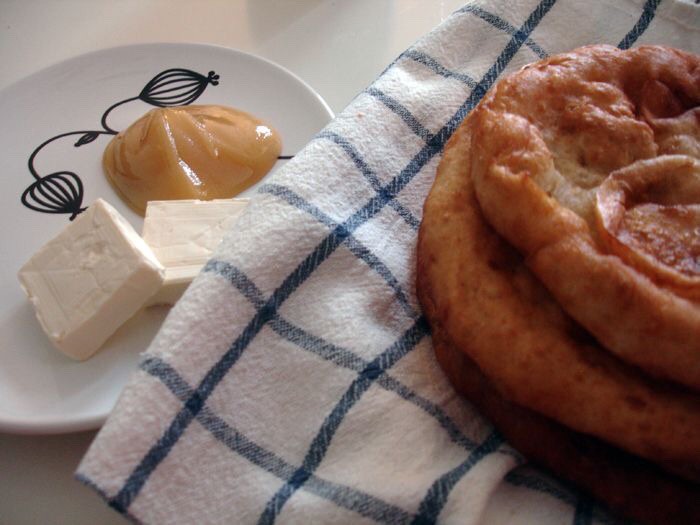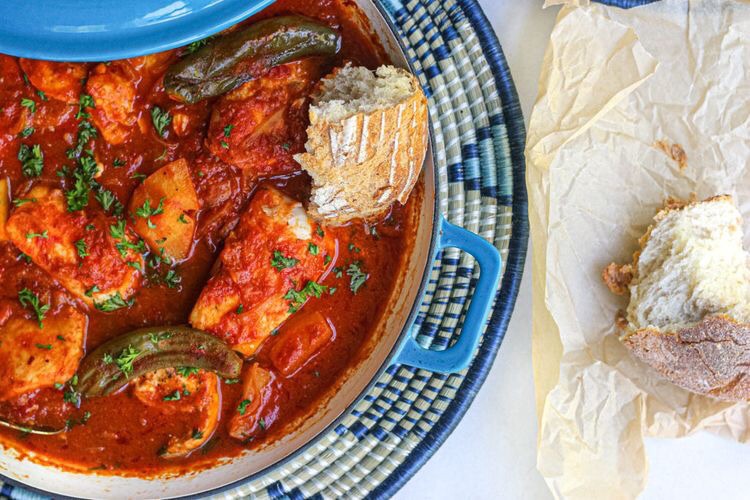“Food could talk history!” and the history of Libya has had a great impact on the Libyan cuisine. Due to Libya’s location on the Mediterranean coast and to the historical connection of the region over the ages. It is noticeable that the Libyan cuisine has been influenced by many cultures, especially during the colonial eras that Libya went through.
A Historical Glimpse
Libya was part of the Ottoman Empire for about four centuries between 1551 and 1911, during this period, Libyan cuisine was influenced by Turkish culture, dishes such as Dolma/Ebrak (vegetables or leafy vegetables stuffed with rice and meat) are widely common amongst Libyans, especially in Ramadan the month of fasting.
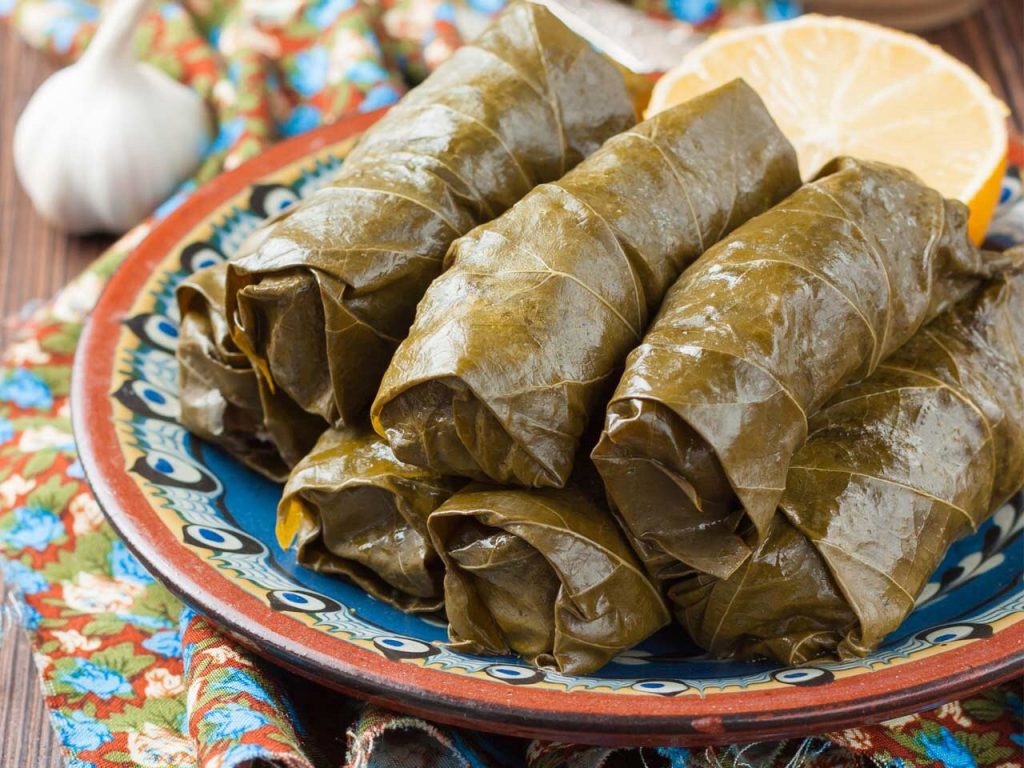
Libyan food involves a lot of Italian influences too, a legacy of the Italian colonization of the country between 1911 and 1947. Dishes like (Macaroona Embakbaka) or pasta, take a large part of the Libyan cuisine, whereas Libyans eat it almost once or twice a week in average, Pizza is also widely made and served in daily life or special occasions.
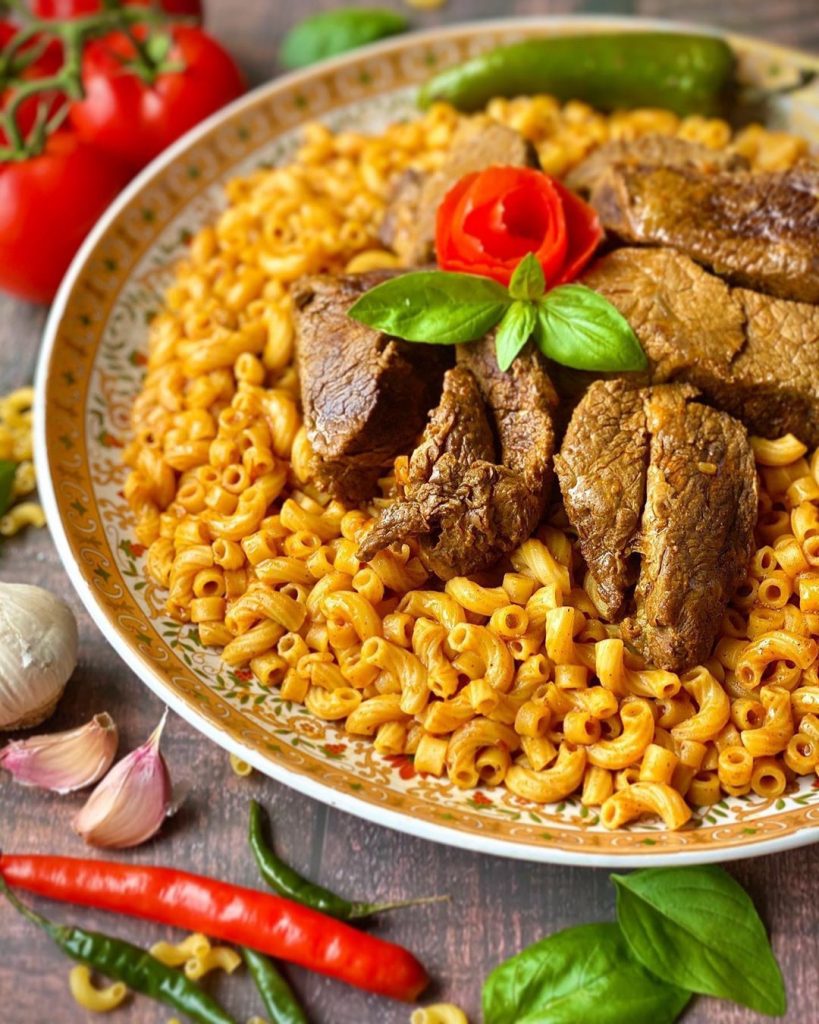
Traditional Cuisine
Diversity in Libya played a major role in enriching the traditional cuisine, the combination of Arabs, Amazigh, Toubou, Tawareg, and Jews in the Libyan society helped forming a cuisine rich in dishes and flavours.
One of the most celebrated dishes is Sfenz, (rooted from the word sponge for its spongy constitution) and it is a fried dough that can be filled with an egg or sweetened by sugar or honey.
As Libyans lived on one of the longest Mediterranean coasts, fish took large place in their dishes, and one of the most famous dishes is Hraimi, a full meal made of fish fillets in extremely spicy tomato sauce, it can be considered as one of the most loved dishes amongst Libyans.
Traditional Amazigh Food
One cannot mention Libyan cuisine without referring to Bazin and Couscous, the most famous dishes over the country, both originate from the Amazigh culture in North Africa, Bazin is made of a hard dough doused with a special sauce made of lamb or chicken and some vegetables such as potatoes, some people add hard-boiled eggs too. This dish is usually made on Fridays on family gatherings.

Couscous is the standard dish that unites the North African cuisines, and each cuisine has its own recipe of it, the main ingredient of Couscous is tiny steamed balls made of semolina flour, other ingredients and additions depending on the cuisine itself, in Libya (Couscous Bilbosla) or Couscous with onions is the most common type, it is doused with lamb sauce and braised onions and hummus, steamed vegetables such as zucchini, potatoes, and pumpkins are essential too.
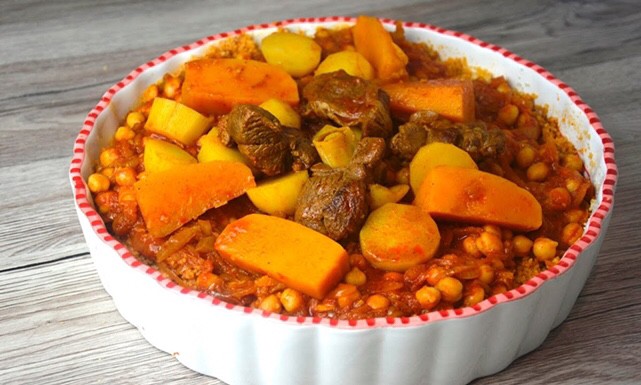
Drinks and Sweets
It is remarkable that North African kitchens share the same recipes of some sweets. even if they differ in the method of preparation, yet the basic ingredients such as date paste, semolina, and honey are the same in every country. Libyan cuisine involves a lot of delicious desserts, and the most well- known are: Magrood, Ghriba, Kaak Malih (salty ring-shaped cookies) sweetened Kaak, Basbousa, and many other delightful sweets.

Ghriba 
Magrood, Photo Source: lubnabenhalim.com 
Basbousa. Photo Source: mehtapozer.blogspot.com 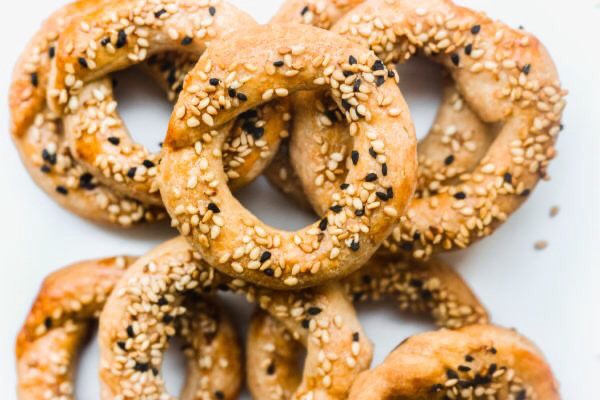
Kaak , Photo Source: Figandoliveplatter.com
Shahi Al-a’ala — Traditional Tea:
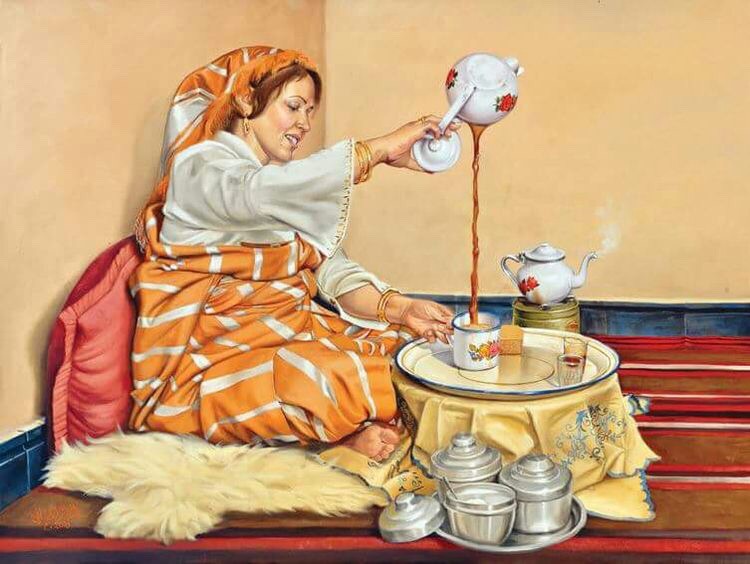
Whether it is 35°or 15°, Libyans will not stop sipping tea under any circumstances! Tea is served in various times of the day, on breakfast, after lunch, or in the evening, but there is a very special type that every Libyan has grown up with, Shahi Al-a’la or the traditional tea, what makes it special is not just the bubbly layer on the top but the rituals of its preparation, because it is made with specific tools and methods, that the woman who makes it would pour it in a metal cup for several times until bubbles form, it is usually served at family gatherings and other social occasions like weddings and funerals.
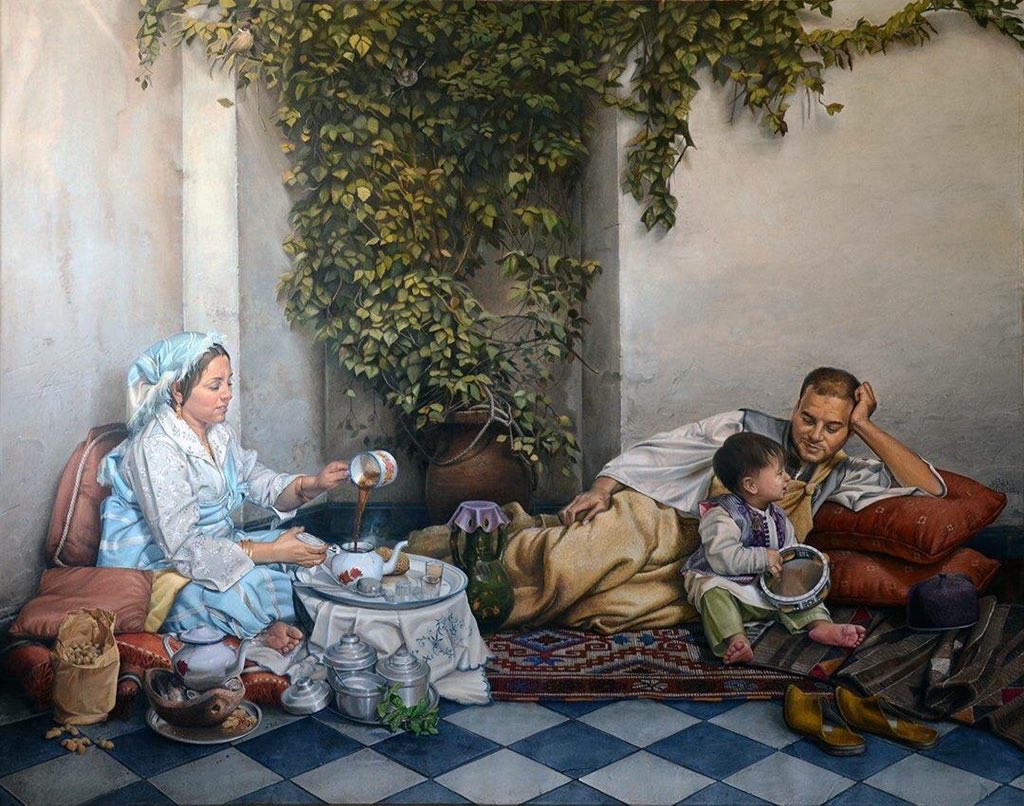
Food Preservation
Since ancient times, humans have always needed to preserve food as long as possible to have supplies for different seasons, and Libyans are not an exception. During summer, and due to the lack of refrigerators, Libyans preserved foods such as tomatoes, meats, and peppers by curing them with salt and leave them dry out in the burning Mediterranean summer. They also have always had their commodity reserves such as flour, wheat, barley and other essential ingredients in their houses over the year.
Preparing and eating food is still one of the activities that Libyans love most, despite all the tough circumstances they are going through, they still put their love in food and enjoy gathering around it with family and friends.

